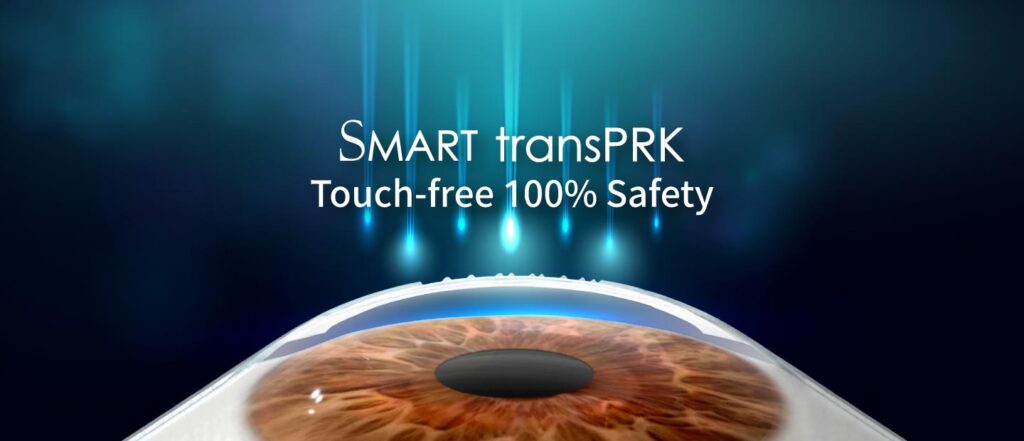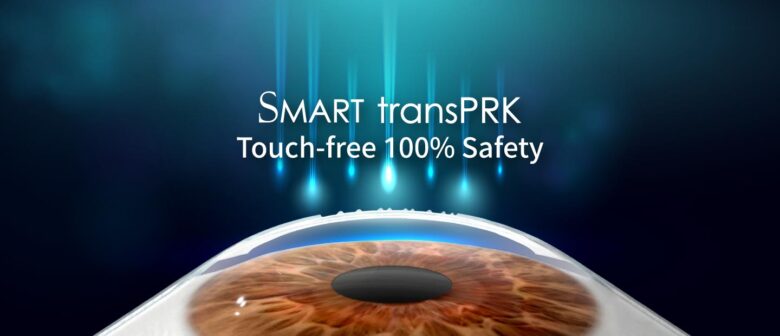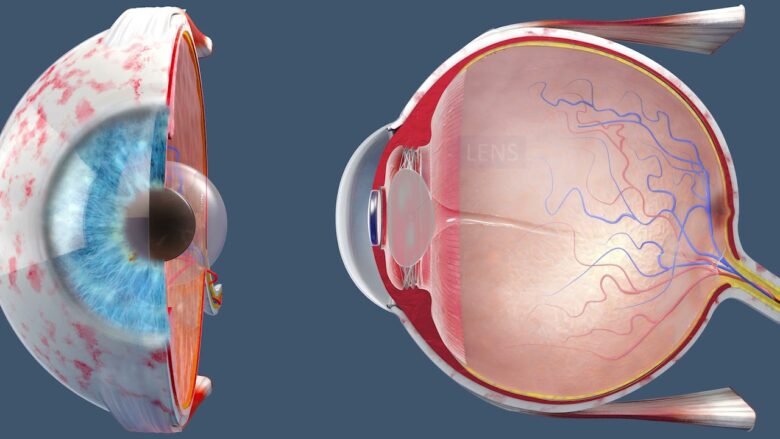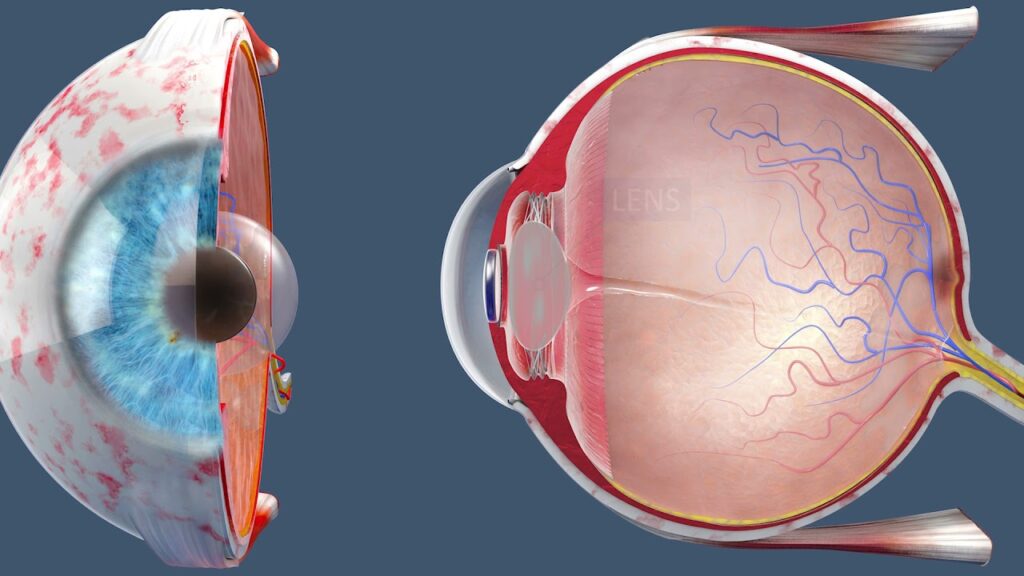Laser vision correction is a common procedure nowadays. But despite its popularity, many people aren’t familiar with the different types of laser eye surgery.
Yes, there is more than one type of laser eye surgery.
While LASIK eye surgery would be the first thought that comes to your mind, there are many other procedures that doctors perform regularly. Each laser eye surgery procedure is designed for different vision problems and for different patients. learn more about Lasik eye surgery at https://www.personaleyes.com.au
So, depending on your condition, your eye doctor’s laser eye surgery recommendation may vary.
In this article, we’ll explain the different types of laser eye surgery, what the procedures are for, and everything else you need to know before speaking to a doctor.
Let’s get into it.
LASIK Eye Surgery

LASIK, or laser-assisted in situ keratomileusis, is the most common laser eye surgery. This is a really popular option because it’s quick, has a fast recovery time, and works for various conditions. Many patients would recommend LASIK eye surgery as a lot of them experience near-20/20 vision by the next day.
Traditional LASIK surgery involves making a small incision on your eye to create a corneal flap. Your doctor will apply numbing eye drops before making the incision to ensure you don’t feel any pain. Once the corneal flap is there, an excimer laser is used to reshape the cornea.
Many vision issues are caused by a misshapen cornea that doesn’t focus light on the retina. LASIK surgery reshapes the cornea and allows light to focus directly on the retina, resulting in clear vision.
LASIK is a safe and common procedure that offers a low risk of complications. If you’re interested in laser procedures for your vision, speak to your doctor today.
What’s It For?
LASIK laser eye surgery works for various conditions. Many people have poor and blurry vision due to a misshapen cornea. This is why LASIK works for myopia (nearsightedness), hyperopia (farsightedness), astigmatism (blurred vision), and presbyopia.
The reason LASIK is so flexible is due to the excimer laser used in the surgery. Doctors can program their lasers to quickly and accurately reshape and shave off different parts of the cornea to correct a person’s vision.
LASIK can eliminate your need to wear contact lenses or glasses. On top of that, most people report that the benefits of the best laser eye surgery last many years. It’s rare for the benefits of LASIK to fade, so visit a laser eye clinic today to correct your vision.
SMILE Surgery

SMILE stands for small incision lenticule extraction, and it works similarly to LASIK. When doctors perform SMILE, they start by making a small incision with a femtosecond laser, then using the same laser to create a “lenticule” in the eye. This is a lens-shaped tissue disc that can be tweaked or adjusted according to the patient’s needs. Read more about Understanding the Features and Capabilities of the ResMed AirMini: A Guide to Getting the Most Out of Your Portable CPAP Device by visiting here.
From there, the doctor removes the lenticule, which flattens the cornea, correcting a person’s vision. While it’s also popular, this laser surgery has a much longer recovery time than LASIK. That said, it’s a flapless and bladeless operation, which is why it might be the best treatment for your needs.
What’s It For?
SMILE laser surgery is ideal for myopia and astigmatism. It’s a flexible surgery that can be used for severe conditions. However, it isn’t approved for as many conditions as LASIK, which is why it isn’t the most popular option available.
That said, this could be the right laser treatment for your needs. To learn more, speak to your doctor today.
TransPRK

TransPRK is an alternative laser eye surgery that’s ideal for many patients. During this procedure, there is nothing making contact with your eye. This laser refractive surgery is bladeless and flapless, so the doctor won’t have to make any incisions on your eyeball.
Instead, when doctors perform laser eye surgery, they use the laser to remove the outermost cells of your eye, giving the laser access to the cornea. From there, the laser reshapes the cornea in a similar way to other types of laser eye surgery.
Since nothing makes contact with your eye, some people believe that this is a safer vision correction procedure. That said, the recovery time after getting the procedure is a bit longer than others, and it requires more follow-up checkups.
What’s It For?
TransPRK is a very flexible procedure. It can be used for hyperopia, presbyopia, myopia, and astigmatism. On top of that, the minimum corneal thickness for the procedure is significantly thinner than the requirements of LASIK.
This is one of the safest laser eye surgery procedures available right now. So, contact your eye doctor today to learn if this is the right option for you.
Bladeless LASIK
Another great option for patients nowadays is bladeless LASIK. This is the more advanced laser eye surgery that many modern clinics offer. It works in the same way as LASIK, wherein the doctor creates a corneal flap and then reshapes the corneal tissue with an excimer laser.
However, the difference is that the doctor doesn’t use a blade when making the corneal flap. Instead, they also use the laser to create the flap, making the procedure much quicker and more precise. It offers the same benefits as LASIK surgery but may be the more appropriate option for your needs.
What’s It For?
Just like traditional LASIK, bladeless LASIK is ideal for hyperopia, myopia, presbyopia, and astigmatism.
How Do I Find the Best Laser Eye Surgery for Me?
The best way to learn what laser eye surgery is appropriate for your needs is to speak with your doctor. You can read about the different procedures online and get a rough idea of their benefits and how they work. However, only your doctor can recommend the best procedure for your needs.
Remember, each patient is unique, so while one surgery may be more popular, it won’t mean that it is the laser eye surgery option best suited to you and your needs. All of the procedures above are great options, and the best way to find the ideal option for you is to consult with your surgeon.
Conclusion
There are many types of laser eye surgery available. Each of these methods offers its own benefits and drawbacks. On top of that, there are many factors to consider when finding the best treatment for your condition. So, speak to your doctor today about your options to learn which type of laser eye surgery will work for you.




